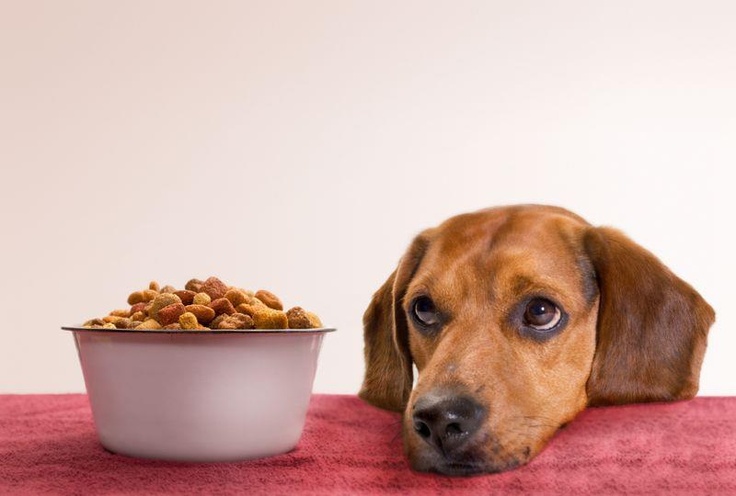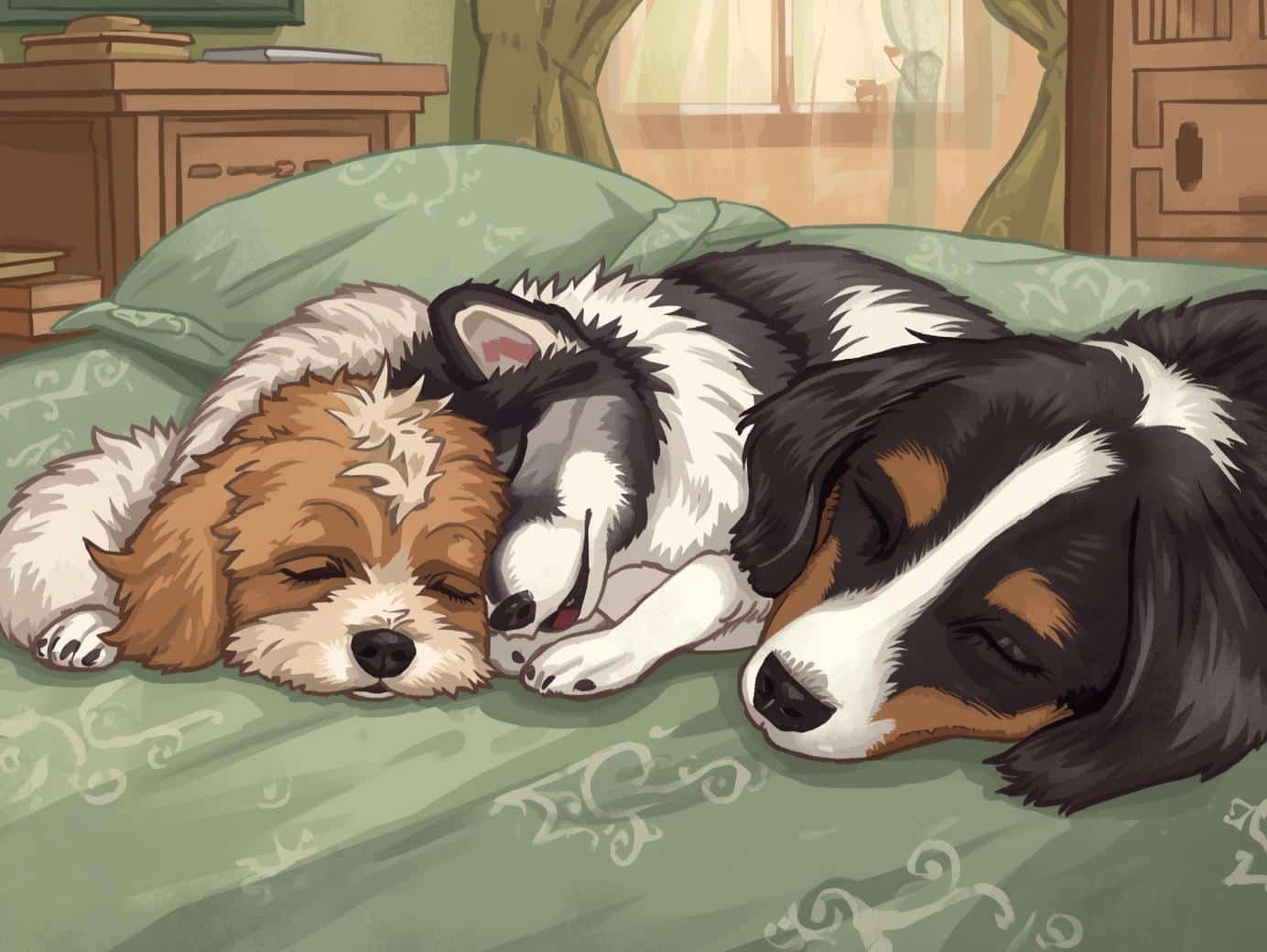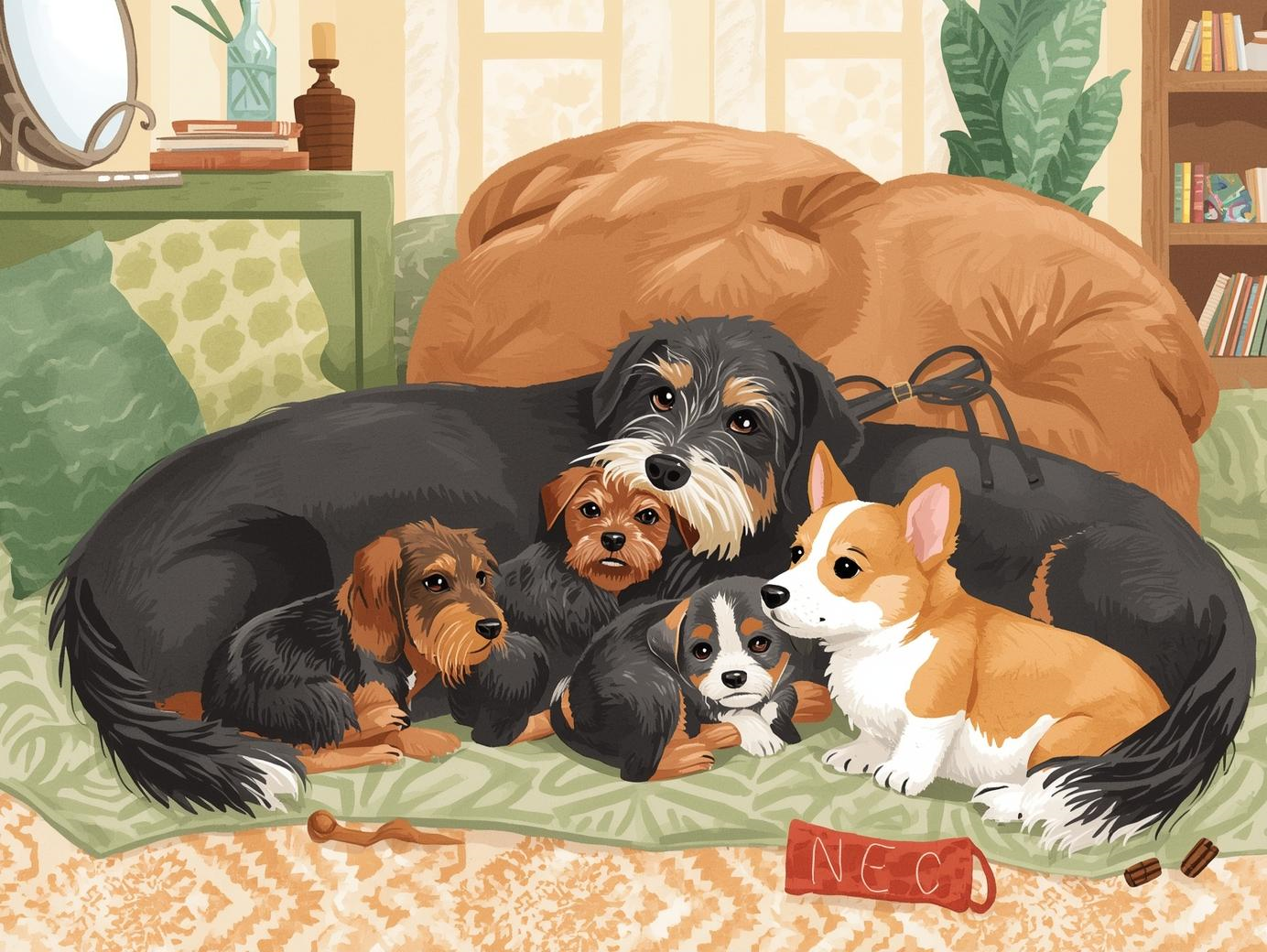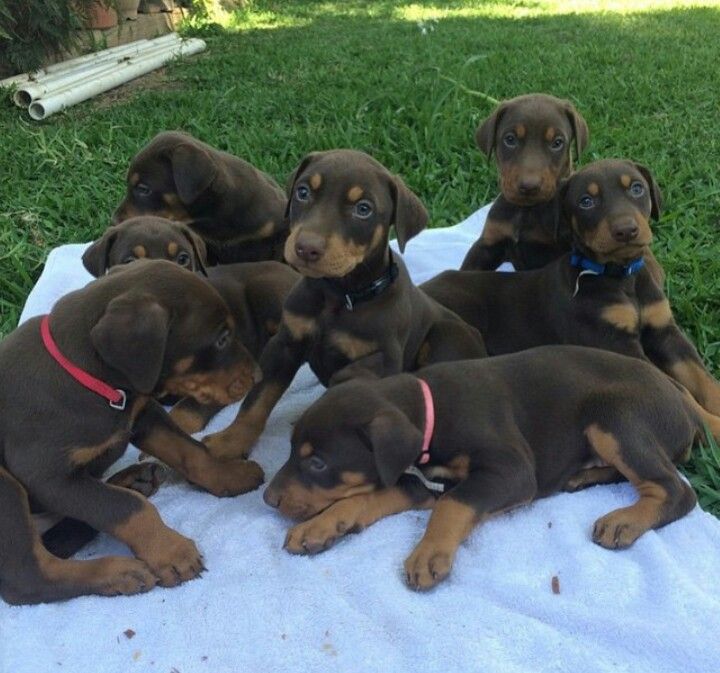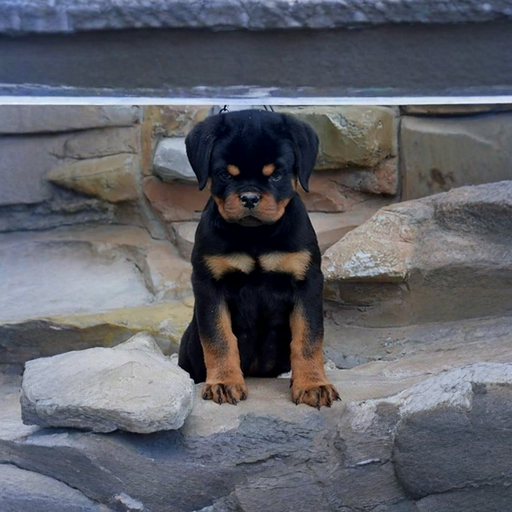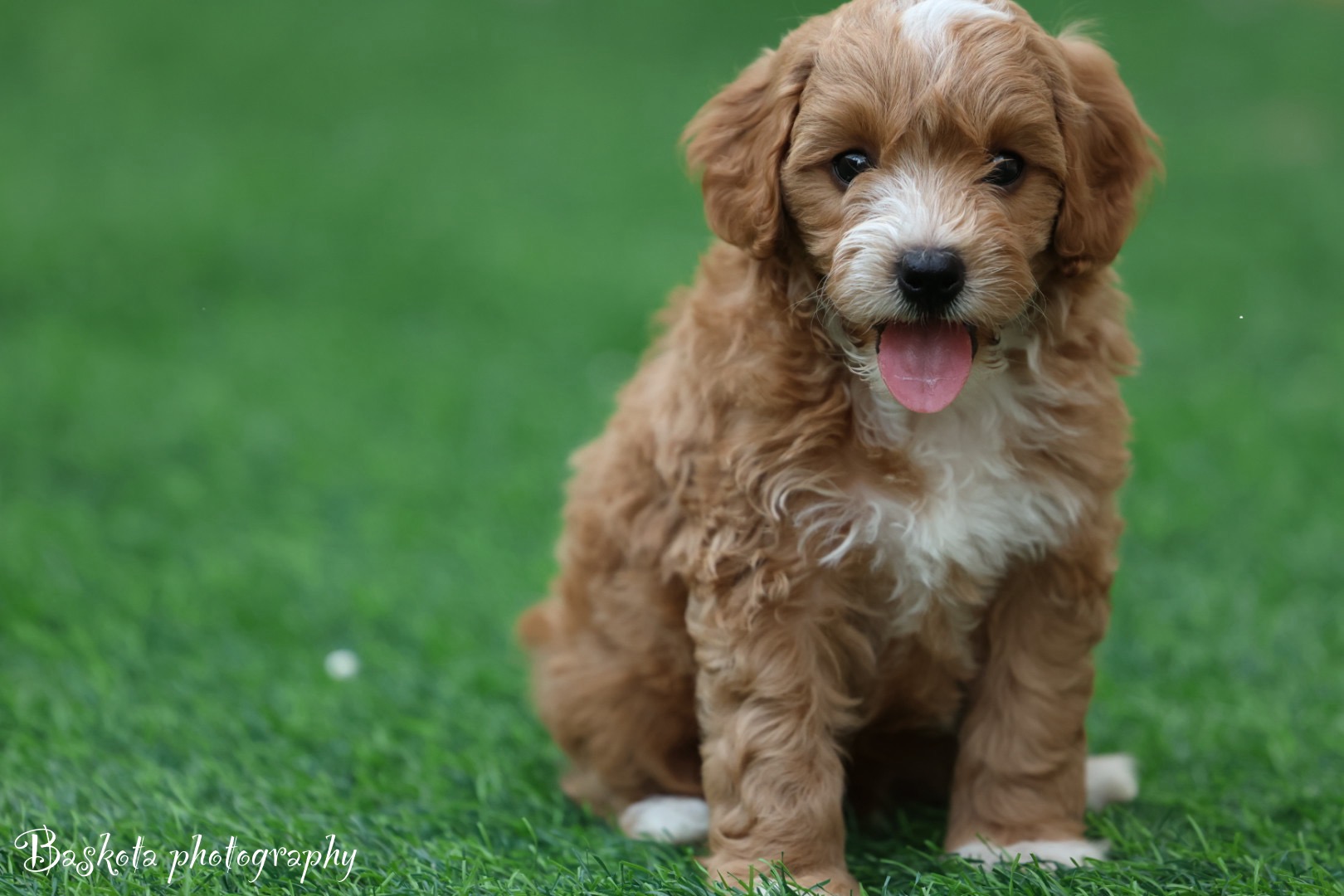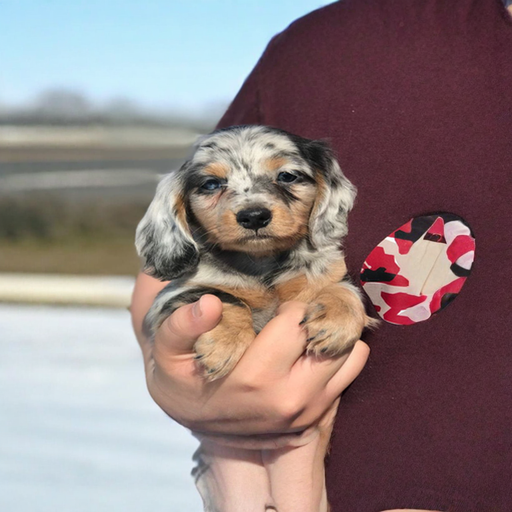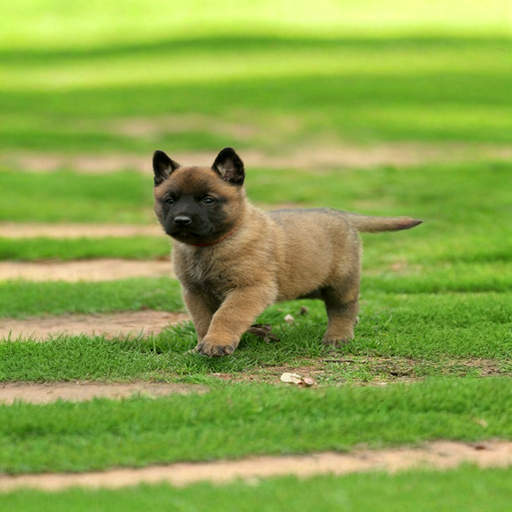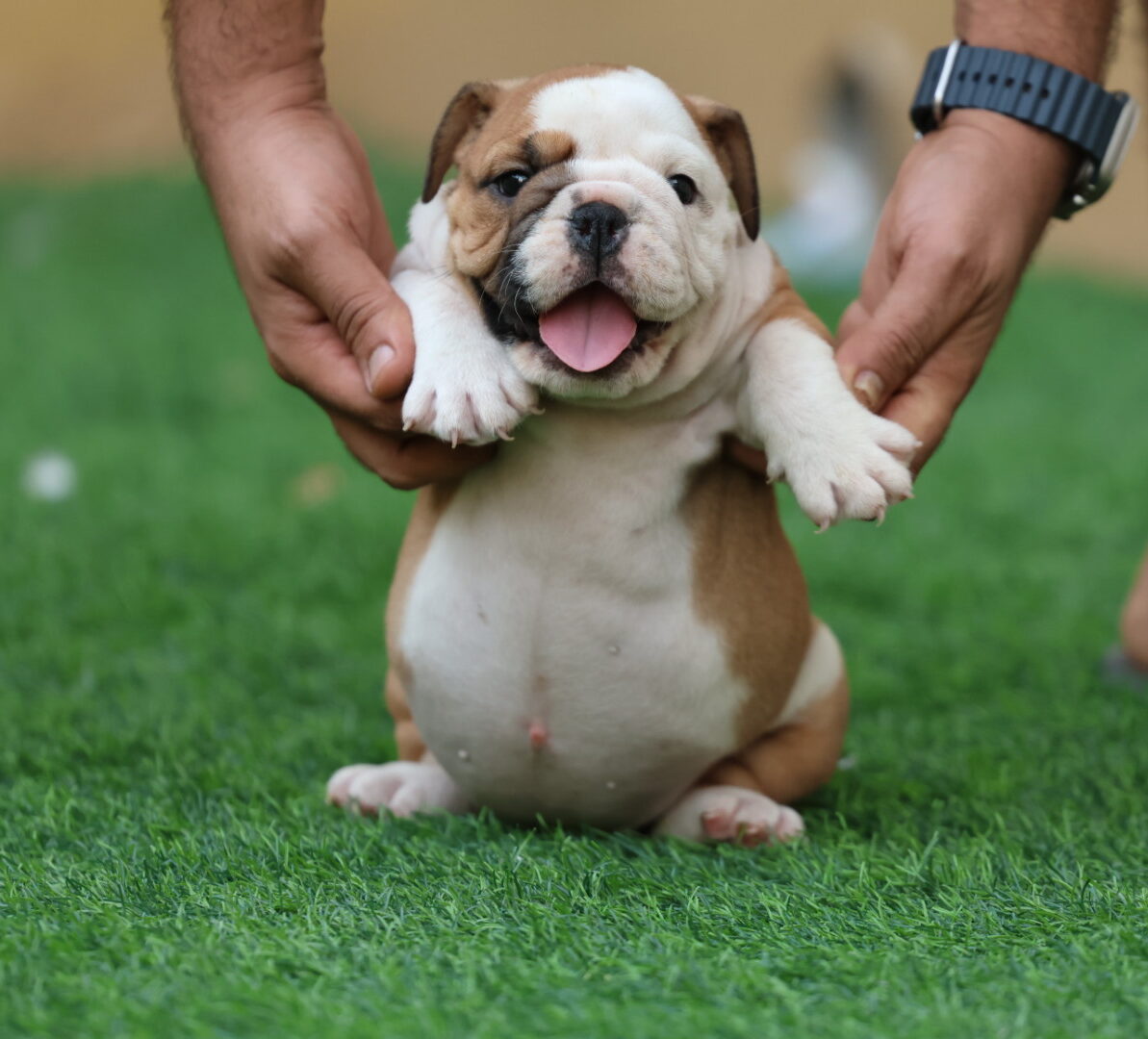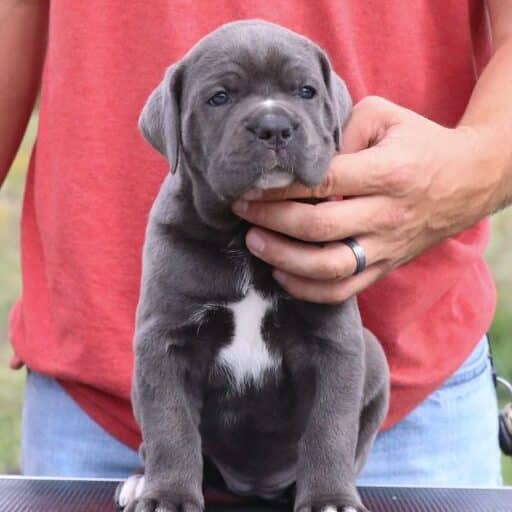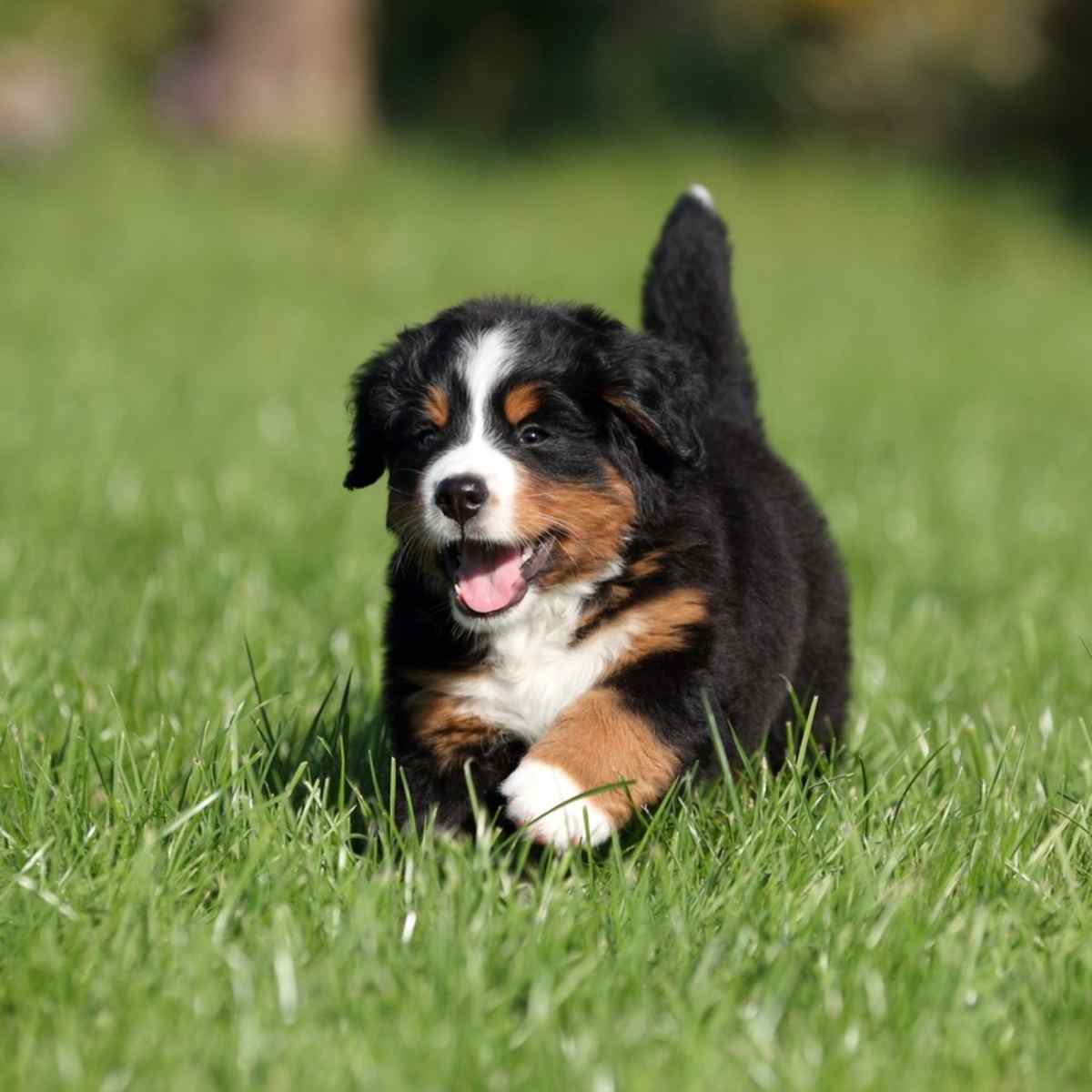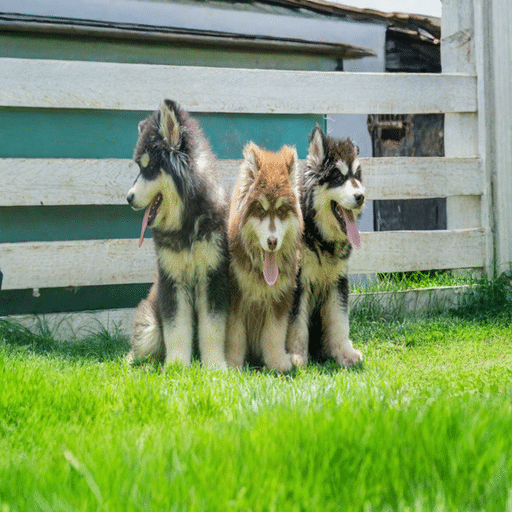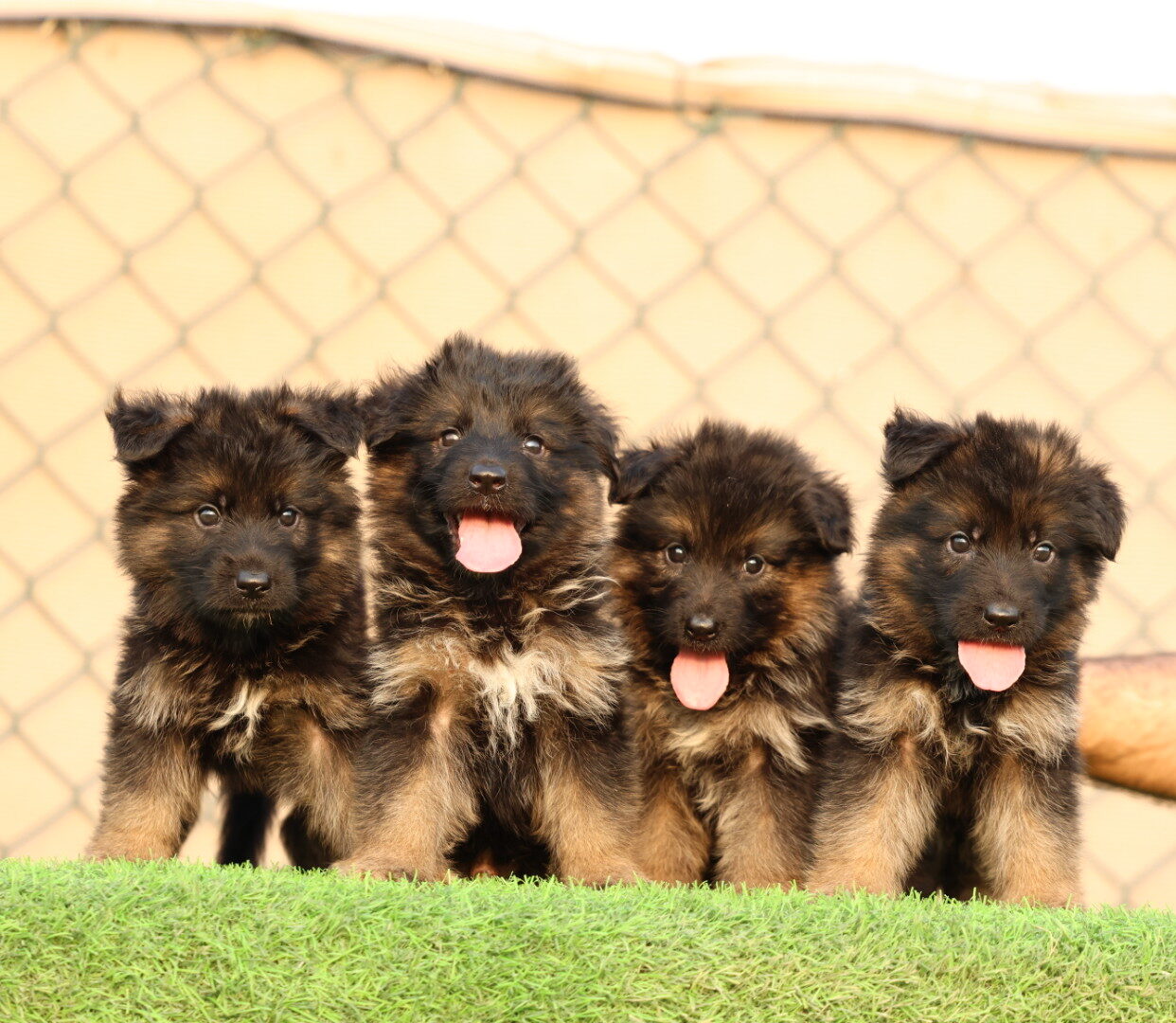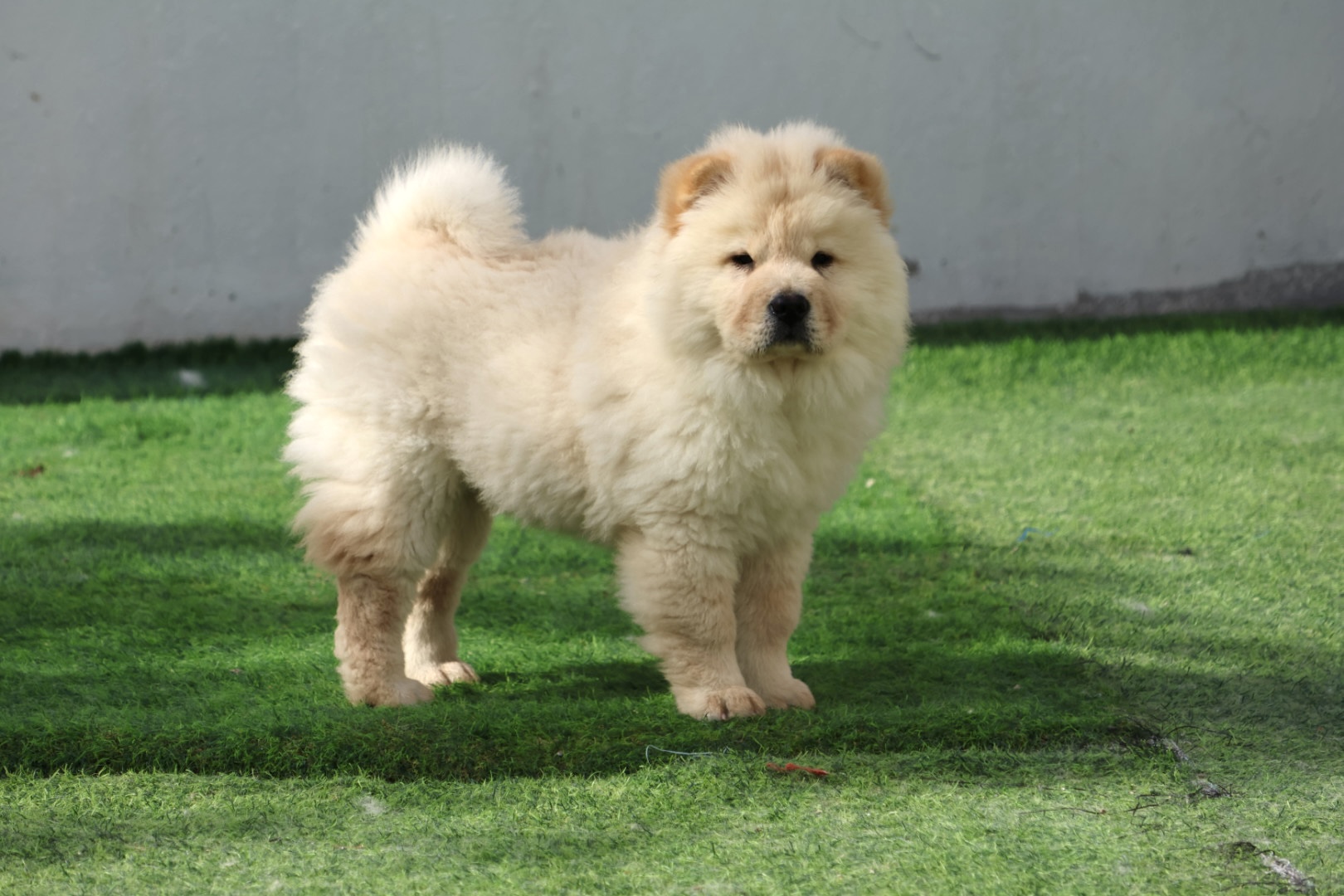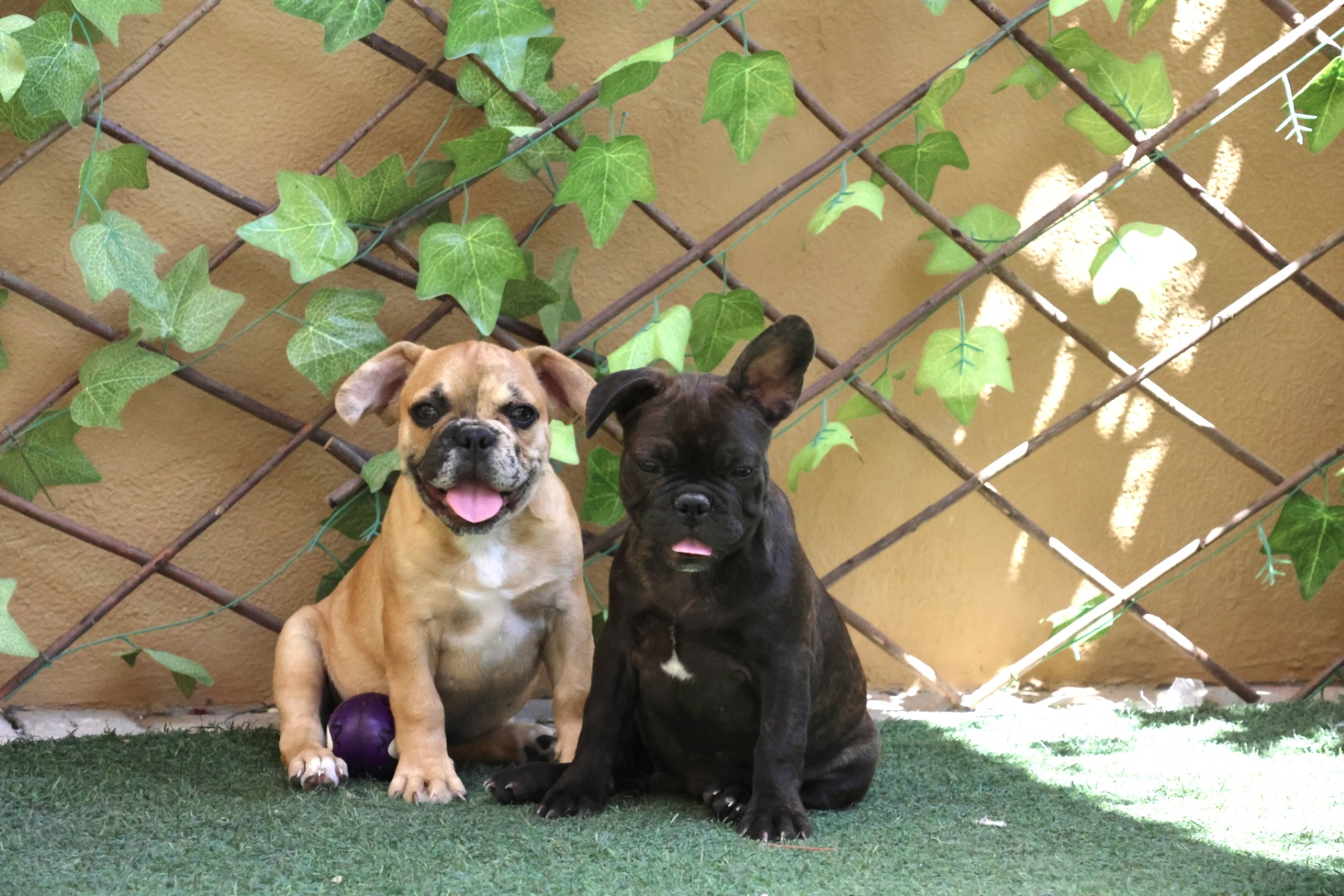Wondering what to do if your puppy refuses to eat? You’re not alone. Many new puppy owners panic when their puppy skips a meal, but there are many reasons this might happen. Sometimes it’s harmless, but other times it needs action. In this guide, you’ll learn how to respond calmly and effectively before rushing to the vet.
What to Do If Your Puppy Refuses to Eat – 5 Things to Try Before the Vet
1. Observe Behavior and Symptoms
The first step in figuring out what to do if your puppy refuses to eat is observation. Is your puppy acting normal otherwise? Are they playful, alert, and drinking water? If yes, it might be a temporary appetite dip. However, if your puppy is lethargic, vomiting, has diarrhea, or seems in pain, contact your vet immediately.
2. Check the Food and Environment
Sometimes, puppies refuse food because it’s stale or unfamiliar. Check the expiration date. If you’ve recently changed brands, try offering the old food again. Avoid feeding cold food directly from the fridge. Let it sit at room temperature. Also, check the feeding area — loud noises, new surroundings, or distractions can cause food refusal.
3. Consider Teething or Growth Stages
Puppies between 3 to 6 months go through teething, which can make chewing painful. If your puppy is refusing dry kibble, try adding warm water or switching to wet food for a few days. Appetite can also fluctuate during growth spurts, especially in small and medium breeds.
4. Try Enticing Techniques
Still wondering what to do if your puppy refuses to eat? Here are a few quick tricks:
- Warm the food slightly to release aroma
- Add a spoon of wet food or unsalted chicken broth
- Hand-feed a few bites to get them started
- Use a puzzle feeder to make it fun
Don’t force-feed — this can create negative associations with mealtime.
Buy Now American Cocker Spaniel puppy
5. Avoid Human Food Traps
While it may be tempting to give your puppy table scraps when they won’t eat, this can create bad habits and lead to picky eating. Stick to high-quality puppy food and avoid creating a routine where your puppy holds out for tastier “people food.”
6. Rule Out Medical Conditions
If your puppy hasn’t eaten for more than 12–24 hours, or shows other signs like vomiting, bloody stool, or extreme fatigue, visit your vet immediately. Illnesses like gastrointestinal infections, worms, or even something stuck in their mouth can lead to appetite loss. Your vet may run blood tests, x-rays, or prescribe medication.
7. Stick to a Routine
Puppies thrive on routine. Feed at the same time every day in the same place. Remove uneaten food after 15–20 minutes to prevent grazing. With consistent schedules, your puppy will learn when it’s time to eat and be more likely to develop healthy habits.
8. Monitor Water Intake
Even if your puppy refuses food, they should still drink water. Dehydration is dangerous. If they’re not drinking either, that’s a red flag. Try offering ice cubes, goat’s milk, or pet-safe electrolyte solutions to encourage hydration.
9. Use Treats Wisely
Limit treats during feeding issues. Too many snacks can reduce hunger at mealtime. Use treats only during training, and avoid using them as meal replacements unless recommended by your vet.
10. When to Be Concerned
If your puppy skips more than one meal and shows no interest even with enticing food, it’s time to act. Loss of appetite can be an early sign of something more serious. Contact your vet to be safe. Puppies can decline quickly if something is wrong.
Final Thoughts
Learning what to do if your puppy refuses to eat can save you a lot of stress. In most cases, it’s a temporary issue that resolves with patience, routine, and small adjustments. Always monitor behavior closely, try natural fixes first, and consult a vet when needed.
Helpful Resources
